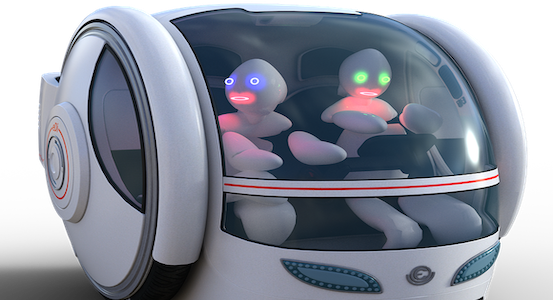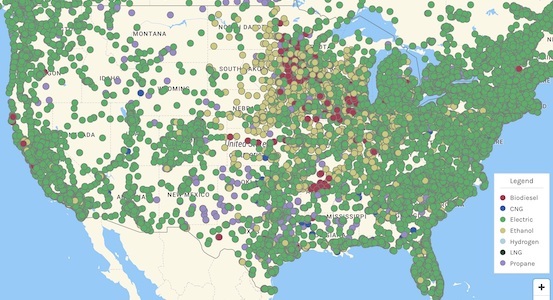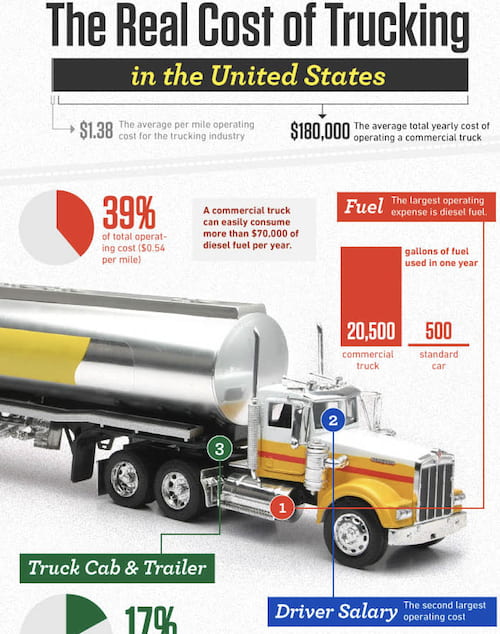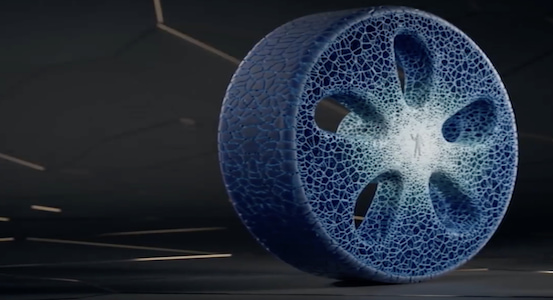
Transportation as a Relationship Business
January 6, 2022
Fueling the Transportation Industry
January 21, 2022Reinventing the Wheel

The Price of Business
The cost of freight operations is one element that informs the price of the things we buy. In addition to the actual cost of production, companies factor in the cost of getting those things to us.
“Shipping and handling” is not just a thing we see on infomercials.
Via TruckersReport, here’s a breakdown of expenses for freight:
39% for fuel.
26% for salary.
17% for truck cab & trailer.
10% for repairs & maintenance.
4% for insurance.
3% for tires.
2% for permits, licenses & tolls.
And this gem of a statistic:
“The average commercial truck driver spends more than $0.004 per mile on coffee, resulting in over $600 a year on coffee per industry driver.”
Spotlighting just one of these, that 3% of overall expenses for tires is eyebrow raising. An average tire costs some $250, which is $4,500 for a complete 18-wheeler. Tires are subject to regular wear and tear, punctures, potholes, weather, and those universal kicks from would-be owners. Even the tires of the lightest vehicles are vulnerable to these elements. When you’re driving a commercial rig, all that extra weight speeds up the wearing-down process.
So, why not invent a better tire — say, something that handles punctures and potholes better, something that doesn’t deflate?
We’re seeing that happen with new innovation. New names include “airless” and “never-flat wheels.” Tires made out of steel. NASA is in the new tire arena (“never gets flat” “almost completely indestructible”).

A Vision…or Just Seeing Things?
Not least, Michelin is working on a 3-D printed tire that’s biodegradable, environmentally friendly, and looks a lot like your aunt messed up a batch of blueberry waffles. They call it The Vision.
The tire is made from organic, recyclable rubber compounds. The resin is composed of orange zest, not petroleum. Other ingredients: hay, paper, metal.
If that all sounds far-fetched and fascinating, with a healthy dose of sci-fi, well, it still is. The technology is not quite ready for prime time. Or mass-market sales and distribution.
Still, as the tire innovators make progress, we look forward to the deployment of cleaner, longer-lasting, more economical tires. The big wheels keeps on turning.
